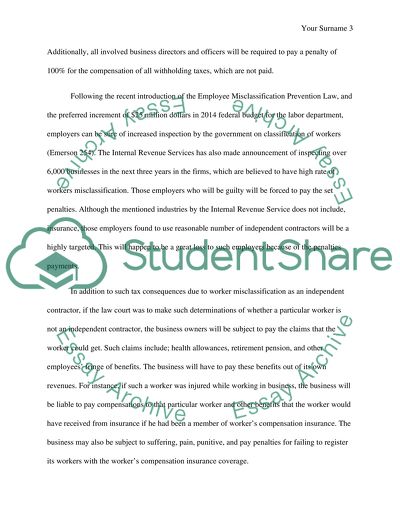Cite this document
(“Employment Law Research Paper Example | Topics and Well Written Essays - 2000 words”, n.d.)
Retrieved de https://studentshare.org/law/1486671-employment-law
Retrieved de https://studentshare.org/law/1486671-employment-law
(Employment Law Research Paper Example | Topics and Well Written Essays - 2000 Words)
https://studentshare.org/law/1486671-employment-law.
https://studentshare.org/law/1486671-employment-law.
“Employment Law Research Paper Example | Topics and Well Written Essays - 2000 Words”, n.d. https://studentshare.org/law/1486671-employment-law.


